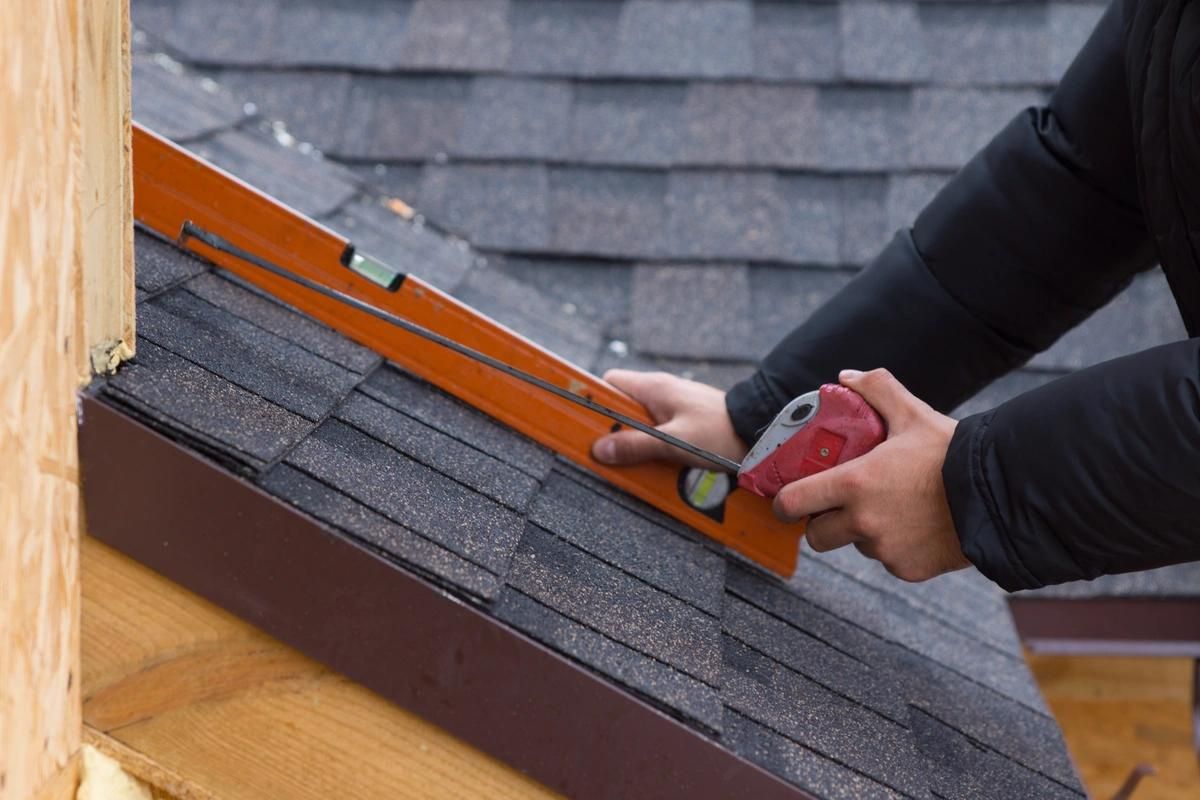

Articles
How Long Does A Roof Replacement Take
Modified: December 7, 2023
Find out how long a roof replacement typically takes with this informative article. Discover the factors that can affect the timeline and plan accordingly.
(Many of the links in this article redirect to a specific reviewed product. Your purchase of these products through affiliate links helps to generate commission for Storables.com, at no extra cost. Learn more)
Introduction
Replacing a roof is a significant undertaking for any homeowner. Whether due to damage or simply the need for an upgrade, a roof replacement project can have a major impact on the overall condition and value of a property. However, one question that often arises is: How long does a roof replacement take?
The duration of a roof replacement project can vary depending on several factors, including the size and complexity of the roof, weather conditions, and the overall scope of work required. While it is difficult to provide an exact timeline, it is important to understand the various stages of the process to get a better idea of how long the project may take.
Throughout this article, we will discuss the different factors that can affect the timeline of a roof replacement and provide insights into each stage of the process. By understanding these factors and planning accordingly, homeowners can have a clearer understanding of what to expect during a roof replacement project.
Key Takeaways:
- Factors such as roof size, material selection, and weather conditions can impact the timeline of a roof replacement. Prioritizing quality workmanship over speed is crucial for a successful project.
- Thorough assessment, proper planning, and choosing the right roofing materials are essential for a smooth and efficient roof replacement process. Working with a reputable contractor ensures a successful and stress-free experience.
Factors Affecting Roof Replacement Timeline
Several factors can impact the timeline of a roof replacement project. It is essential to consider these factors to ensure a smooth and efficient process. Here are the key factors that affect the roof replacement timeline:
- Size and Complexity of the Roof: The size and complexity of the roof play a significant role in determining how long the replacement will take. A larger roof with multiple angles, slopes, or intricate architectural features may require more time for installation.
- Material Selection: The choice of roofing materials can also impact the timeline. Different materials, such as asphalt shingles, metal, or tiles, have varying installation processes. Additionally, if a homeowner opts for custom or specialty materials, it may take longer to source and install them.
- Scheduling and Permits: The availability of a roofing contractor and obtaining necessary permits can affect the project timeline. It is essential to coordinate the schedule with the contractor and allow sufficient time for permit approvals, especially in areas with strict regulations.
- Weather Conditions: Weather is a significant factor that can delay or extend the timeline of a roof replacement. Heavy rain, snow, or extreme heat can hinder the installation process and pose safety risks. It is advisable to plan the project during a season with more favorable weather conditions.
- Underlying Roof Issues: If the existing roof has underlying issues such as rot, mold, or structural damage, it may extend the timeline. Addressing these issues before installing the new roof is imperative to ensure a solid foundation.
- Contractor Experience and Availability: The experience and availability of the roofing contractor play a crucial role in determining the project timeline. An experienced and reliable contractor will efficiently manage the project and provide an accurate estimate of the time required.
It is important to note that while these factors impact the duration of a roof replacement, homeowners should prioritize quality workmanship over a speedy timeline. Rushing through a roof replacement project can lead to subpar results and potential issues in the future. Communicating clearly with the contractor, understanding the timeline expectations, and planning accordingly can help ensure a successful and timely roof replacement.
Assessment and Planning Stage
The assessment and planning stage is a crucial step in any roof replacement project. This stage involves a thorough evaluation of the existing roof condition, identification of any underlying issues, and planning the scope of work required for the replacement. Here are the key aspects of the assessment and planning stage:
Initial Inspection:
A professional roofing contractor will conduct an initial inspection of the roof to assess its condition. They will look for signs of damage, such as missing or damaged shingles, leaks, or any structural issues. This inspection helps determine the extent of the replacement required and identify any additional work that may be necessary.
Measurement and Estimation:
The contractor will measure the roof to determine the amount of materials needed for the replacement. Using these measurements, they will provide a detailed estimate that includes the cost, timeline, and any additional services required. It is crucial to obtain multiple estimates and compare them to make an informed decision.
Read more: How Long Does It Take To Replace Water Pump
Choosing the Right Materials:
During the planning stage, homeowners will have the opportunity to select the type of roofing material they want for their replacement. Factors to consider include durability, aesthetics, and weather resistance. The contractor can provide guidance on suitable options based on the homeowner’s preferences and budget.
Scheduling and Permits:
Once the assessment and planning process is complete, the next step is to schedule the project. The homeowner and the contractor will agree on a start date, taking into account factors such as weather conditions and contractor availability. Additionally, it is essential to obtain any necessary permits required by local regulations before starting the work.
By thoroughly assessing the roof and planning the project in advance, homeowners can ensure a smoother and more efficient roof replacement process. This stage sets the foundation for a successful project and helps avoid unexpected delays or issues during the installation phase.
Material Selection
Choosing the right roofing material is a crucial decision when it comes to a roof replacement project. The material not only impacts the aesthetics of the property but also provides durability and protection against the elements. Here are some essential factors to consider when selecting roofing materials:
1. Asphalt Shingles:
Asphalt shingles are a popular and cost-effective choice for many homeowners. They offer a range of options in terms of colors, styles, and durability. Asphalt shingles are relatively easy to install and provide good protection against UV rays and weather elements.
2. Metal Roofing:
Metal roofing has gained popularity due to its longevity, energy efficiency, and modern aesthetic appeal. Metal roofs are durable, fire-resistant, and can last for several decades. They come in various styles, including standing seam, corrugated panels, and metal shingles.
3. Tile or Slate:
Tile or slate roofing provides a classic and elegant look to any property. These materials are known for their longevity and durability. However, they are heavier and require a strong roof structure to support the weight. Tile or slate roofs can withstand extreme weather conditions and have a lifespan of 50 years or more.
4. Wood Shakes or Shingles:
Wood shakes or shingles offer a natural and rustic appearance, adding charm to a home. They require regular maintenance to prevent rot, moss, and insect damage. Wood roofs have good insulation properties but may not be suitable for areas prone to wildfires or high humidity.
5. Synthetic Roofing Materials:
Synthetic roofing materials, such as synthetic slate or rubber shingles, provide the look of natural materials but with added durability and lower maintenance. These materials are lightweight and offer good resistance to weather elements. Synthetic roofing materials often come with longer warranties and can be more cost-effective in the long run.
When selecting roofing materials, consider factors such as the climate in your area, the architectural style of your home, and your budget. It is also advisable to consult with a professional roofing contractor who can provide guidance based on your specific needs and preferences.
Investing in high-quality roofing materials ensures that your roof will not only be visually appealing but also durable and long-lasting, providing protection for your home and peace of mind for years to come.
Scheduling and Permits
Once the assessment and material selection stages are complete, the next step in a roof replacement project is to establish a schedule and obtain any necessary permits. Proper planning and compliance with local regulations are essential for a smooth and successful project. Here are the key aspects of scheduling and permits:
Scheduling:
Coordination with the roofing contractor is crucial in establishing a suitable timeline for the project. Factors to consider include the contractor’s availability, the homeowner’s preferred start date, and any external factors such as weather conditions. It is advisable to schedule the replacement during a season with more favorable weather to minimize delays and ensure the safety of the crew.
Permits:
Roof replacement projects often require permits from local authorities to ensure compliance with building codes and safety regulations. The specific permits needed may vary depending on the area and the extent of the replacement. It is essential to check with the local building department or consult with the contractor to determine the necessary permits and allow sufficient time for their acquisition.
Contractor Responsibilities:
The roofing contractor typically takes the lead in obtaining permits for the project. They will prepare the necessary documentation, submit the permit application, and coordinate with the building department. It is important for the homeowner to verify that their contractor is licensed and insured and has a good understanding of local permit requirements.
Read more: How Long Does Plumbing Take
Timeline Considerations:
When establishing the schedule, it is crucial to account for potential delays that may arise during the project. Weather conditions, unforeseen issues discovered during the removal of the old roof, or additional work required can all impact the timeline. An experienced contractor will provide a realistic timeframe that takes these potential delays into account.
By carefully planning the schedule and obtaining the required permits, homeowners can avoid unnecessary delays and ensure a smooth and compliant roof replacement project. Working closely with the roofing contractor and staying informed about the necessary paperwork and regulations will contribute to the successful completion of the project.
Removal of Old Roof
The removal of the old roof is a critical phase in the roof replacement process. This stage involves the careful and systematic removal of the existing roofing materials to prepare for the installation of the new roof. Here is an overview of the steps involved in the removal of an old roof:
Safety Precautions:
Prior to starting the removal process, the roofing crew will take necessary safety precautions. This includes wearing personal protective equipment (PPE), such as helmets, safety goggles, gloves, and harnesses if required. They will also ensure the work area is secure and free from any potential hazards.
Inspection and Evaluation:
Once the safety measures are in place, the roofing crew will conduct a thorough inspection of the old roof. They will identify any areas of damage, such as rot, mold, or structural issues. This evaluation helps determine the extent of any necessary repairs or replacements before the new roof is installed.
Read more: How Long Does A Rubber Roof Last
Removal of Roofing Materials:
The next step is the actual removal of the old roofing materials. This often involves stripping away the shingles, tiles, or other materials. The crew will use appropriate tools, such as roofing shovels or pry bars, to carefully and efficiently remove the old roofing materials. They will work in sections, ensuring that each area is cleared before moving on to the next.
Disposal of Debris:
During the removal process, the crew will collect and remove all the debris generated. They will place the old roofing materials and any other waste into designated bins or trailers. It is essential to ensure proper disposal in accordance with local regulations and environmental guidelines.
Inspection of Roof Deck:
After the removal of the old roofing materials, the crew will inspect and evaluate the roof deck. They will look for any signs of damage or deterioration that may require repair or reinforcement. Addressing any underlying issues at this stage is crucial to ensure a solid foundation for the installation of the new roof.
The removal of the old roof is a labor-intensive and skill-dependent process. It is essential to hire a professional roofing contractor experienced in proper removal techniques to ensure a safe and efficient operation. With the old roof cleared, the stage is set for the installation of the new roof, bringing homeowners one step closer to a fully renovated and reliable roofing system.
Roofing Installation
The roofing installation phase is a critical step in the roof replacement process that involves the installation of the new roofing materials. This stage requires precision, attention to detail, and the expertise of a professional roofing contractor. Here is an overview of the steps involved in the roofing installation:
Read more: How Long Does A Thatch Roof Last
Underlayment Installation:
The first step in the roofing installation process is the installation of an underlayment. This is a waterproof barrier that provides an additional layer of protection between the roof deck and the roofing materials. The underlayment helps prevent water infiltration and enhances the overall durability of the roof.
Flashing Installation:
Flashing is installed in areas where the roof intersects with walls, chimneys, vents, or other protrusions. Flashing helps prevent water seepage and ensures a watertight seal at these vulnerable areas. The roofing contractor will carefully install flashing to ensure proper protection against potential leaks.
Roofing Material Installation:
The next step is the actual installation of the roofing materials, whether it’s asphalt shingles, metal panels, tiles, or other types of roofing. The installation process will vary depending on the chosen material. The roofing contractor will follow manufacturer guidelines and industry best practices to ensure a proper and secure installation.
Roof Ventilation:
Proper ventilation is essential for the longevity and performance of the roof. The roofing contractor will install vents or other ventilation systems to allow air to circulate under the roof and prevent moisture buildup. Adequate ventilation helps regulate temperature, extends the lifespan of the roofing materials, and reduces the risk of issues such as mold or rot.
Read more: How Long Does A Composite Roof Last
Sealing and Fastening:
During the installation process, the roofing contractor will ensure that all roofing materials are properly sealed and fastened. This includes using appropriate roofing nails or screws to secure the materials in place. Proper sealing and fastening are crucial to ensure the roof’s integrity and prevent water infiltration.
Quality Assurance:
Throughout the roofing installation, the contractor may conduct intermittent inspections to ensure the quality of workmanship and compliance with industry standards. They will also address any issues or concerns that may arise during the installation process to maintain the highest level of quality and customer satisfaction.
The roofing installation phase requires the expertise of experienced professionals. It is essential to work with a reputable roofing contractor who has a track record of successful installations and can provide warranties or guarantees for their work. With a properly installed roof, homeowners can enjoy the benefits of increased protection, energy efficiency, and the aesthetic appeal of their newly replaced roof.
Cleanup and Final Inspections
After the roof installation is complete, there are important final steps that need to be taken to ensure the project is fully finished and meets all necessary standards. This includes conducting a thorough cleanup of the work area and performing final inspections to ensure the roof replacement has been successfully completed. Here’s a closer look at these crucial steps:
Cleanup
Once the roofing installation is finished, the contractor will conduct a comprehensive cleanup of the work area. This involves removing any debris, leftover materials, and tools from the premises. The crew will dispose of the waste properly, adhering to local regulations and guidelines. A clean work area not only improves the aesthetics but also ensures the safety of the property.
Read more: How Long Does A Roof Last In Florida
Final Inspections
After the cleanup, the roofing contractor will conduct final inspections to verify that the roof replacement has been completed to the highest standards. The purpose of these inspections is to identify any potential issues, ensure proper installation, and guarantee that the project meets all the necessary requirements. The contractor will assess the overall quality of the roof, inspect the flashing, check for proper sealing, and ensure that all ventilation systems are functioning correctly.
Additionally, some jurisdictions may require a final inspection or sign-off from local building authorities to ensure that the roof replacement complies with the relevant building codes and regulations in that area. It is important to check with the local building department to determine if any additional inspections are necessary.
Customer Satisfaction
As part of the final phase, the contractor will also interact with the homeowner to ensure their satisfaction with the completed roof replacement project. They will address any questions or concerns and provide any necessary information regarding warranties, maintenance, and care instructions for the new roof. A reputable contractor takes pride in ensuring customer satisfaction and building long-term relationships with homeowners.
By conducting a thorough cleanup and final inspections, homeowners can have peace of mind knowing that the roof replacement project has been completed to the highest standards. Regular maintenance and care of the new roof will help protect the investment and ensure its longevity. It is important to work closely with a reliable and experienced roofing contractor who prioritizes quality workmanship and customer satisfaction.
Conclusion
A roof replacement project is a significant undertaking for homeowners, and understanding the timeline and process is essential for a successful and stress-free experience. Throughout this article, we have discussed the various factors that can affect the duration of a roof replacement, from the size and complexity of the roof to material selection, scheduling, permits, and the removal and installation stages.
While it is challenging to provide an exact timeline for a roof replacement project due to the uniqueness of each situation, it is important to work with a reputable roofing contractor who can assess your specific needs and provide an accurate estimate. Clear communication with the contractor is vital to ensure that all expectations are understood and taken into account when planning the project.
Remember that prioritizing quality workmanship and materials is essential for the long-term performance and durability of your new roof. Rushing through the process can lead to subpar results and potential issues down the line. Taking the time to properly assess and plan the project, as well as choosing the right materials for your specific needs, will ensure that your investment in a new roof is worthwhile.
Lastly, be sure to follow up with regular maintenance and care of your new roof. This includes routine inspections, cleaning gutters, and addressing any minor repairs promptly. By properly maintaining your roof, you can extend its lifespan and protect your home for years to come.
In conclusion, a roof replacement is a significant investment that provides numerous benefits, including enhanced protection, improved aesthetics, and increased property value. By understanding the various stages of the process, working with a reliable and experienced roofing contractor, and making informed decisions throughout the project, homeowners can navigate the roof replacement journey with confidence and peace of mind.
Frequently Asked Questions about How Long Does A Roof Replacement Take
Was this page helpful?
At Storables.com, we guarantee accurate and reliable information. Our content, validated by Expert Board Contributors, is crafted following stringent Editorial Policies. We're committed to providing you with well-researched, expert-backed insights for all your informational needs.
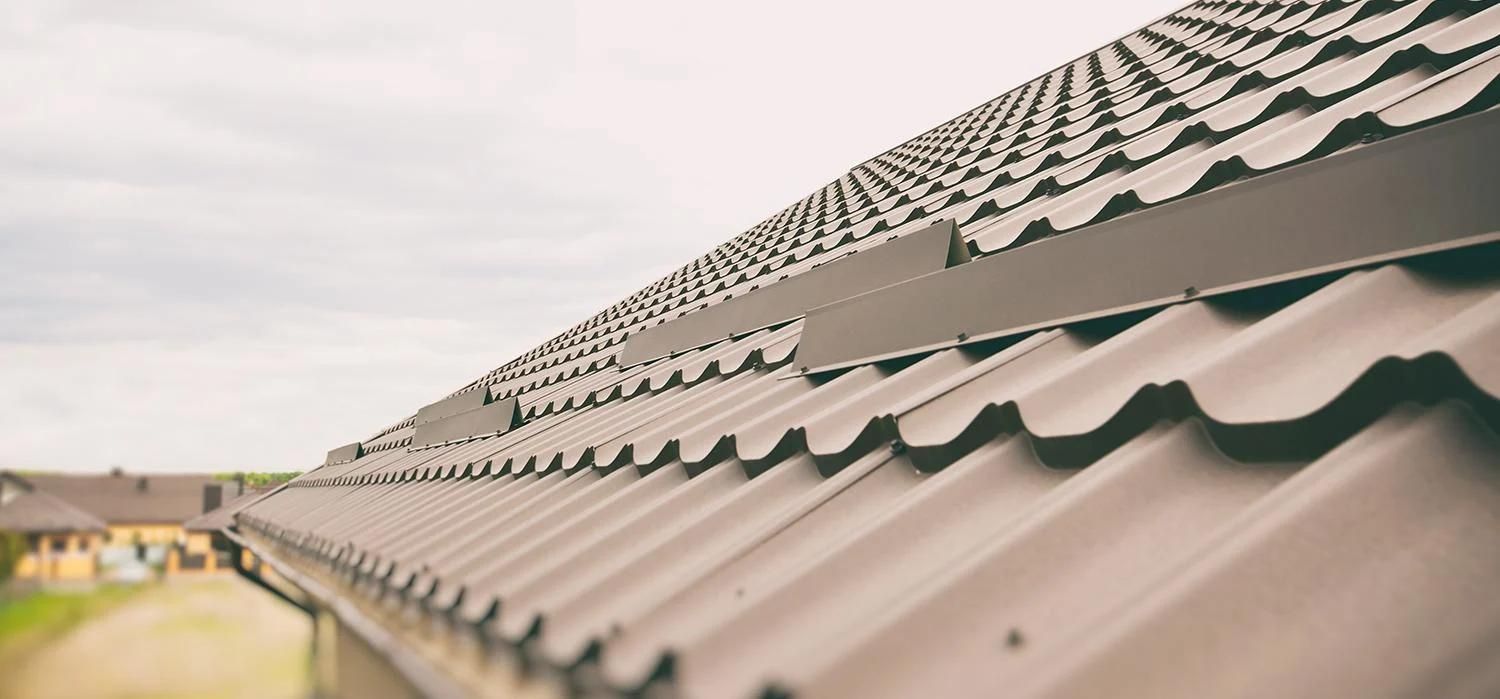
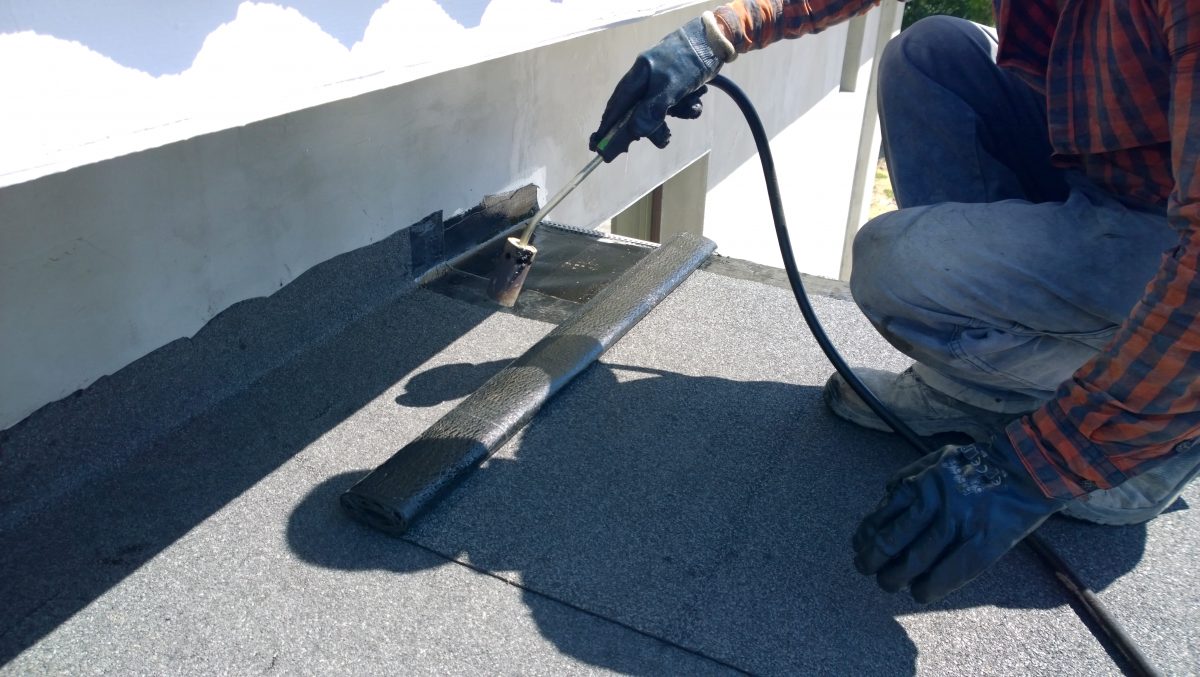
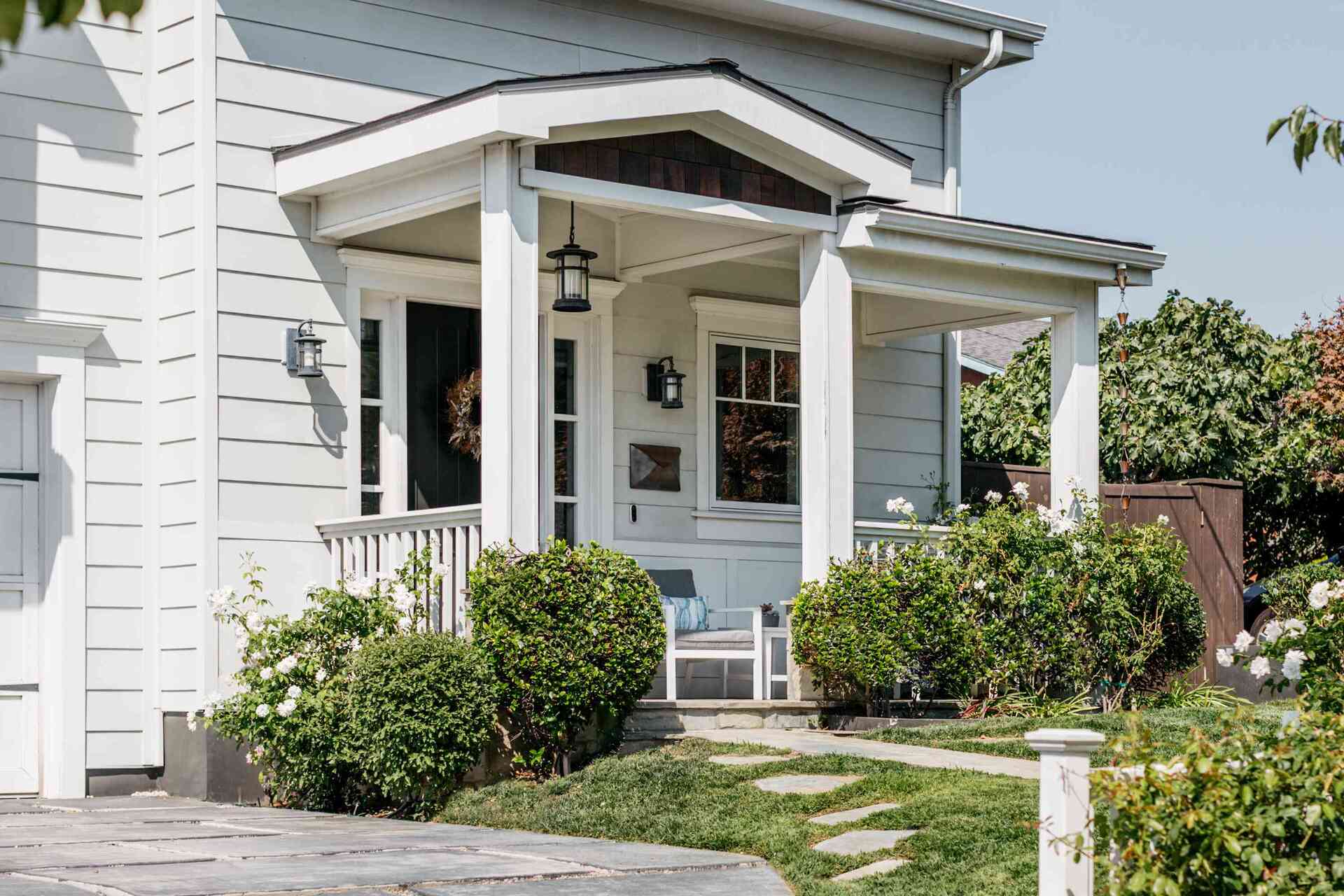
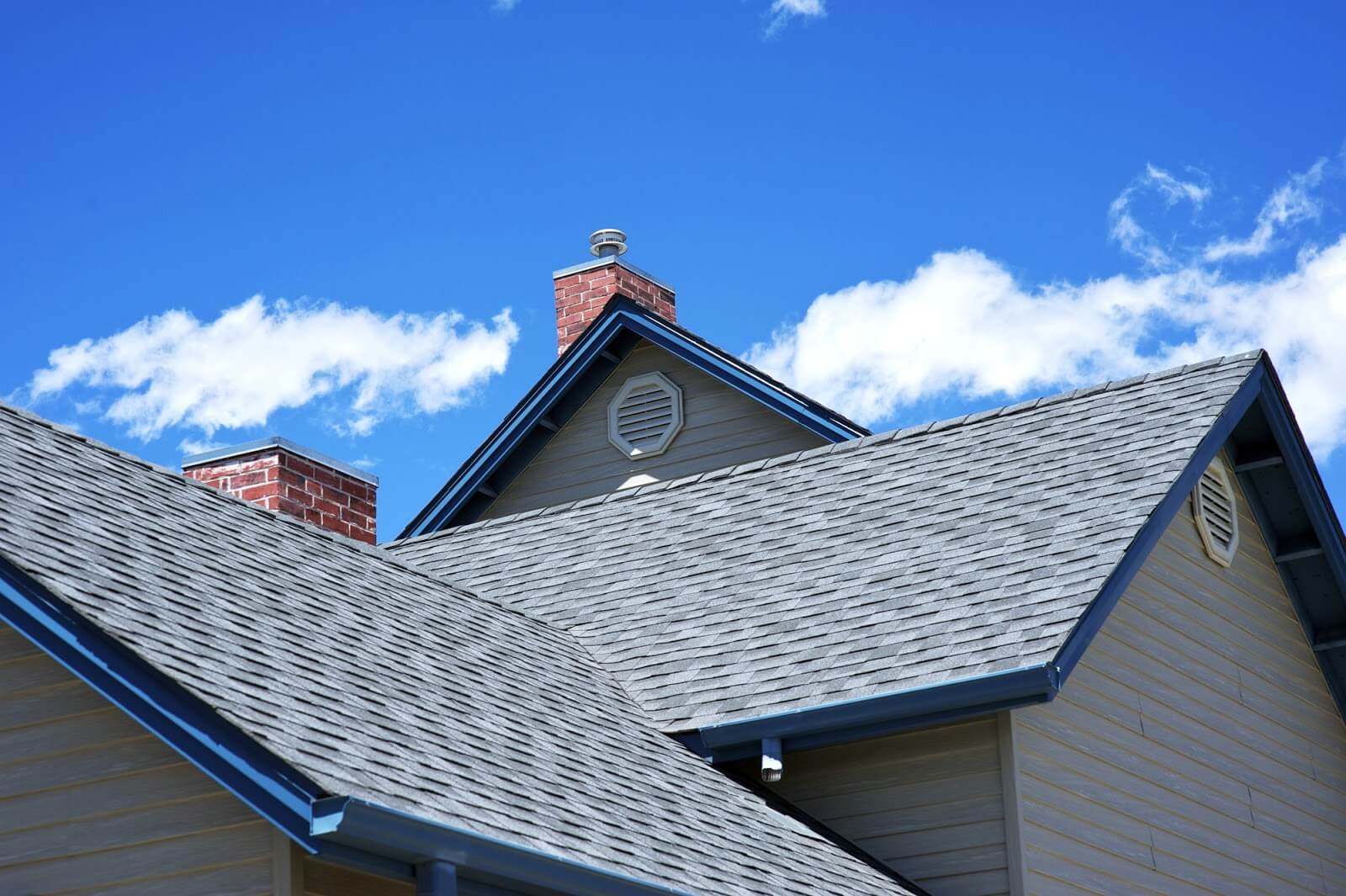
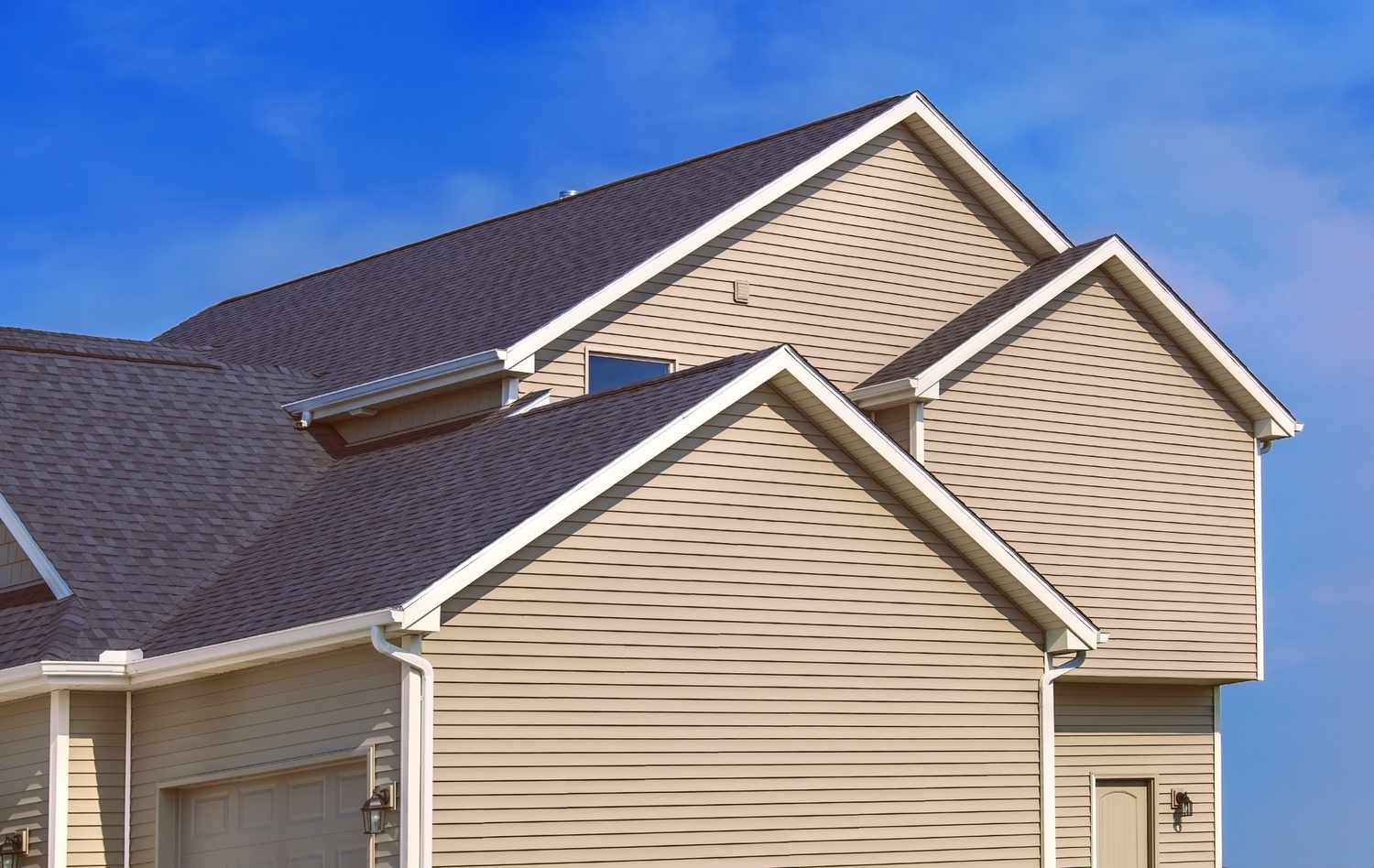



0 thoughts on “How Long Does A Roof Replacement Take”